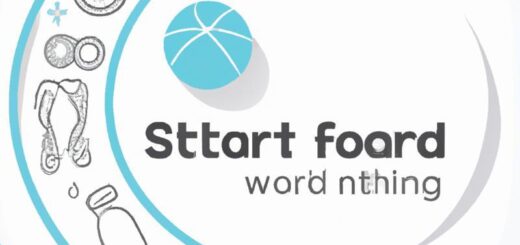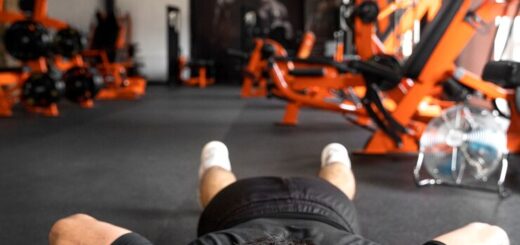What is Face Pull?

- Applications of Face Pull
- Benefits of Face Pull
- Challenges of Face Pull
- Tips for Performing Face Pull
- 1) Start with a light weight to get comfortable with the movement and focus on maintaining proper form.
- 2) Keep your elbows in line with your shoulders throughout the movement.
- 3) Avoid pulling too close to your face as this can put unnecessary strain on your neck.
- 4) Engage your core muscles to maintain stability throughout the exercise.
- 5) Incorporate face pull into your upper body workout routine at least twice a week for best results.
- Conclusion
What is Face Pull?
The Ultimate Guide to Face Pull: Definition, Applications, Benefits, and Challenges
Have you ever heard of face pull? If you’re someone who is into fitness and strength training, chances are you have. But for those who are new to the world of exercise, face pull may seem like a foreign term. Don’t worry, this comprehensive guide will walk you through everything you need to know about face pull – from its definition to its benefits and challenges. So let’s dive in!
What is Face Pull?
Face pull is a popular exercise that primarily targets the upper back muscles. It involves pulling a cable or resistance band towards your face while maintaining proper form and control. This movement engages muscles such as the rear deltoids, rhomboids, and rotator cuff muscles.
Face pull can be performed using various equipment such as cable machines, resistance bands, or even dumbbells. It can also be modified based on individual fitness levels and goals.
Applications of Face Pull
Face pull is commonly used as a strength training exercise by athletes, bodybuilders, and fitness enthusiasts. It is also recommended by physical therapists for rehabilitation purposes.
In addition to targeting the upper back muscles, face pull also engages the shoulders and core muscles. This makes it a great full-body exercise that can improve overall strength and stability.
Benefits of Face Pull
1) Improved Posture: In today’s sedentary lifestyle where most people spend hours sitting in front of screens, posture issues are becoming increasingly common. Face pull helps strengthen the upper back muscles which play a crucial role in maintaining good posture.
2) Injury Prevention: The rotator cuff muscles are responsible for stabilizing the shoulder joint and preventing injuries. Regularly performing face pulls can help strengthen these muscles and reduce the risk of shoulder injuries.
3) Enhanced Athletic Performance: Strong upper back muscles are essential for athletes as they play a crucial role in various movements such as throwing or swinging. By incorporating face pull into their training routine, athletes can improve their performance and reduce the risk of injuries.
4) Aesthetic Benefits: Along with the functional benefits, face pull also has aesthetic benefits. It can help build a well-rounded and defined back, giving you that desired V-shape physique.
Challenges of Face Pull
Like any other exercise, face pull also comes with its own set of challenges. The most common challenge is maintaining proper form and control while performing the movement. This is crucial to avoid injury and effectively target the intended muscles.
Another challenge is finding the right resistance level for your fitness level. It’s essential to start with lighter weights and gradually increase as you get stronger to avoid straining your muscles.
Tips for Performing Face Pull
1) Start with a light weight to get comfortable with the movement and focus on maintaining proper form.
2) Keep your elbows in line with your shoulders throughout the movement.
3) Avoid pulling too close to your face as this can put unnecessary strain on your neck.
4) Engage your core muscles to maintain stability throughout the exercise.
5) Incorporate face pull into your upper body workout routine at least twice a week for best results.
Conclusion
Face pull is an effective exercise that offers numerous benefits such as improved posture, injury prevention, enhanced athletic performance, and aesthetic benefits. However, it’s essential to perform it correctly and gradually increase resistance levels to avoid any potential challenges or injuries. So go ahead and add this exercise to your workout routine for a strong and sculpted upper back!



